It’s easy to look without seeing
The beauty of life all around;
When moments arisen to being
Deserve to stir feelings profound.
To all of God’s work lies a reason,
And all we ought do is agree
That ours is a duty to ease in
To our heart those wonders we see.
So next time the day fades to shadow,
As night-time by increment grows,
Take notice of stars newly sparkling;
How sunlight reluctantly goes;
Birds hurrying home through skies darkling —
All gifts free to those ‘in the know.’
David Watt is a writer from Canberra, the “Bush Capital” of Australia. He has contributed regularly to Collections of Poetry and Prose by Robin Barratt. When not working for IP (Intellectual Property) Australia, he finds time to appreciate the intrinsic beauty of traditional rhyming poetry.




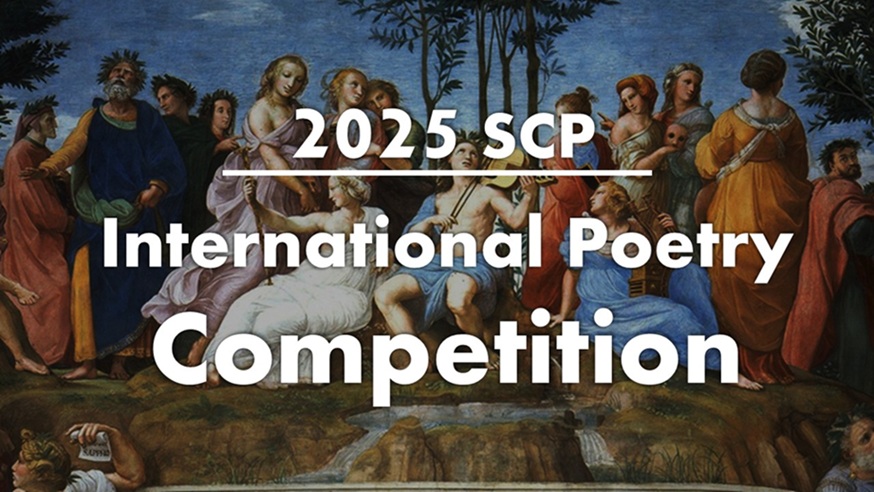

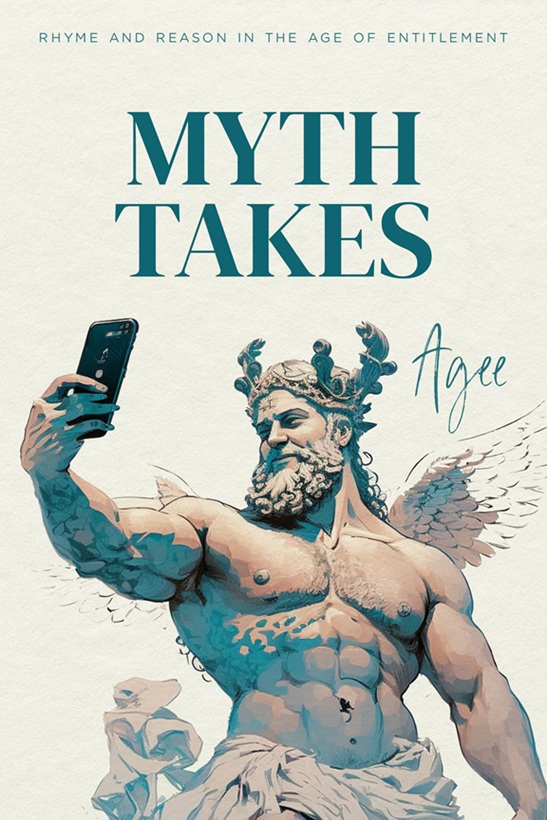
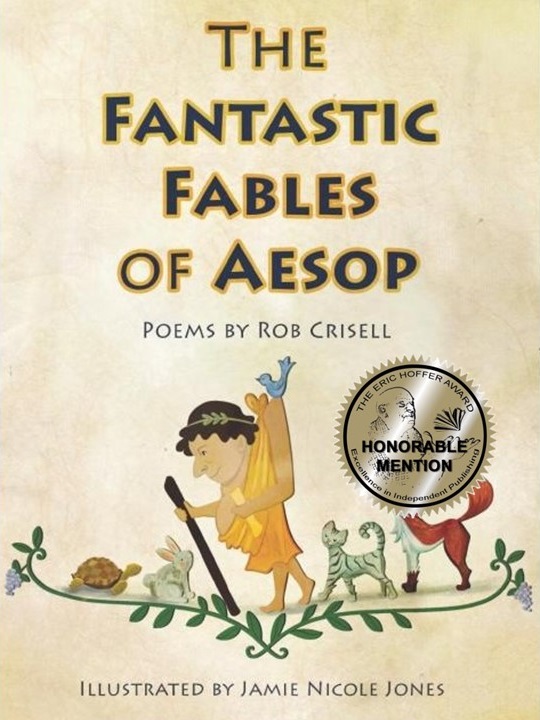
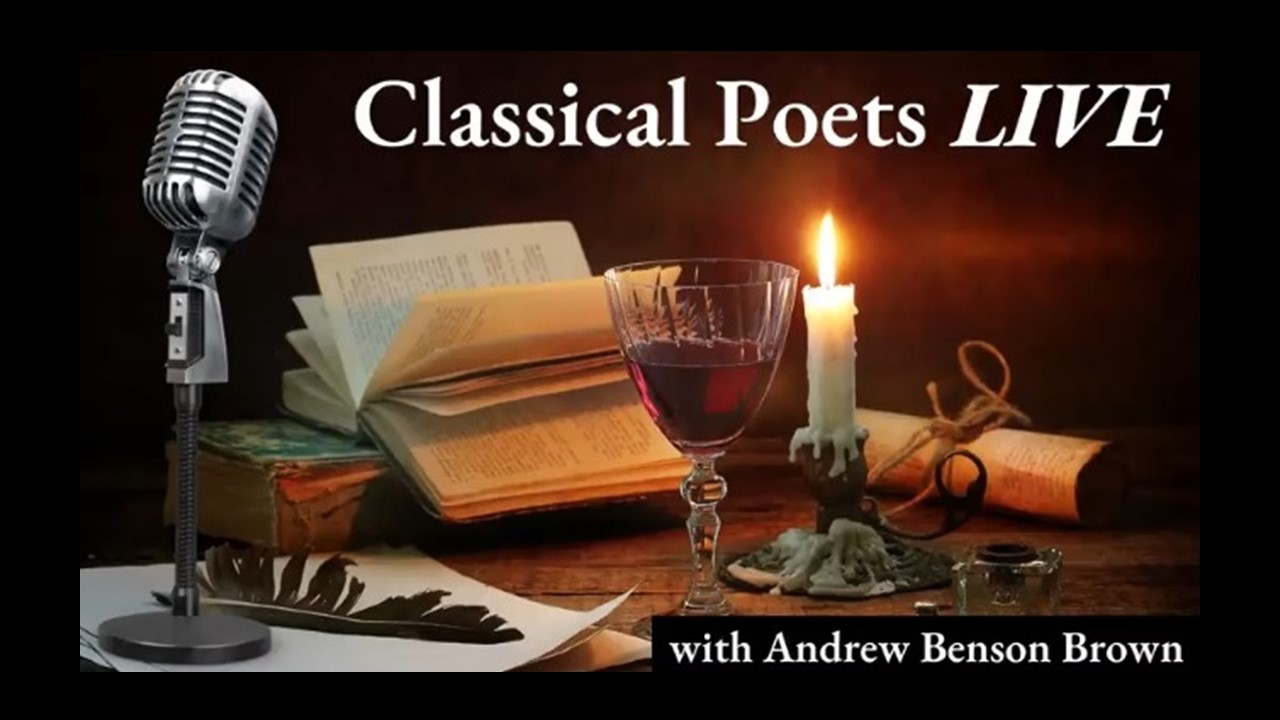

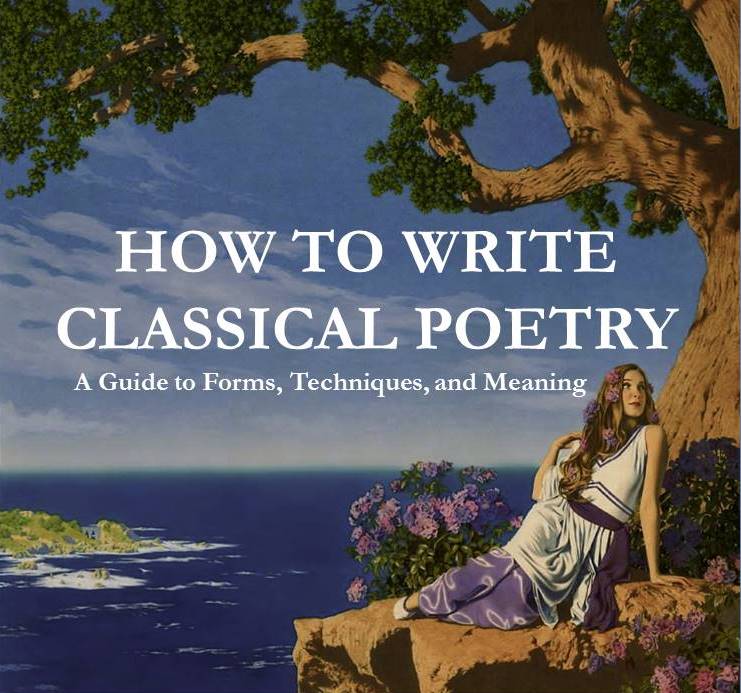




Well done.
Thank you Paul.
Nice!
Thanks Dan, I’m pleased you liked this piece.
A point to note: this poet does something very professional in that his first two quatrains (in an ABAB rhyme scheme) deliberately alternate in masculine-feminine closure.
Also, he rhymes “reason” with “ease in” in the second quatrain. The ability to make a rhyme of one word and two separate words is a skill that is uncommon, and which all of us should practice more.
Thanks Joe, for pointing out the alternate masculine-feminine closures, and also the “reason” with “ease in” rhyme pairing.
Deciding on the closure choices necessitated some revision. Therefore, I am pleased you noticed the end result.
As for the rhyme pairing – I also view it as a complete rhyme, although pairing one word against two.
It is indeed an uncommon skill and one that we would all do well to take note of, but “reason/ease in” is more a near miss than it is an actual rhyme.
Joe T., I take the falling (i.e. unaccented) part of the rhyme as a schwa in each case, so it’s not really a “near miss” unless you speak a very stilted version of English
It broke the flow for me as I read it. When I got to “ease in” I had to stop and look back to see what it rhymed with.
I mentioned it only in the spirit of finely chiseled poetry and I mentioned it as gently as I could.
It has nothing to do with the way I speak.
For me, rhyming “season” with “ease in” – is brilliant. It’s not quite, but almost, an off-rhyme – and is far more interesting than a straight rhyme.
It’s brilliant, and I’m not teasin’.
I works in almost every season,
A model of both rhyme and reason,
And not the slightest bit displeasin’.
Thanks Paul and C.B. for your appreciation of this rhyme pair.
The coupling is a little different, as Joe T. rightly points out.
However, I believe it works, and has certainly created a talking point.
I want to take a moment to admire your effort. This is a lovely sonnet and it is the self-confident poet that can take a form and make it his own. I can parse the rhyme and scan for rhythm; and spy some glitch the artist missed. I prefer to grasp the message, and know the mind’s intended wish.
In Poe’s “The Raven” he takes an old English ballad form, and doubles-up the lines. In Longfellow’s “Song of Hiawatha” He uses trochaic tetrameter instead of iambic pentameter in his blank verse, and I hardly need mention Frost’s “Birches” where he looks more to the sonics of speech, rather than conforming to our conventional understanding of his chosen form. These are artists in the true sense and deserve their place in history. Yours is a simple poem that admires God’s mysteries and I enjoyed the reading.
Thank you Stephen for your thoughtful response.
I am glad you found the reading enjoyable, and above all, that the intended message came through.